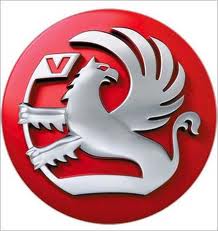Nova
|
Negative Influences on Vehicle Paint
The painting of a vehicle not only improves its appearance, but also protects it from various environmental influences, and therefore also from corrosion.
The most common negative influences on paint are:
Climatic influences Climatic influences include rain, snow, humidity, salt content in air, UV rays, heat, cold and also the reciprocal effects accompanying these, volume enlargement and diminution of the paintwork and the formation of condensation in the vehicle's cavities. These influences also count as natural ageing.
Mechanical influences Mechanical influences include the abrasion of dust and sand combined with the wind created by driving. In addition, contributions are made by the impact of scattered materials. Washing and cleaning agents in the wash system or when washing by hand, polishes and polishing methods all count as mechanical influences.
Industrial influences Industrial influences include so-called acid rain or acid condensation. Numerous additional factors include pesticides and weedkillers, concrete or cement dust, powdered lime and whitening sprayer, mortar spray, spray from house painting materials or silicon resin, house waterproofing agents, drops of paint remover, metal abrasion in metallic or corroded form, fluids such as brake fluid, solvent, battery acid, certain oils and recrement from furnaces.
Biological influences The most common causes of damage under the heading of biological influences include bird droppings, dead insects and their secretions, greenfly excrement, discolourations from blossom, buds, pollen, leaves and sap. Flour or grain dust and fodder remains are also included in this group.
|
